IIT Palakkad study shows how different indices used to predict drought combined with effects fof climate change can lead to different climate predictions for the future
The Indian Institute of Science Education and Research (IISER) Pune on Tuesday launched the VOICE Fellowship 2025
Pune/
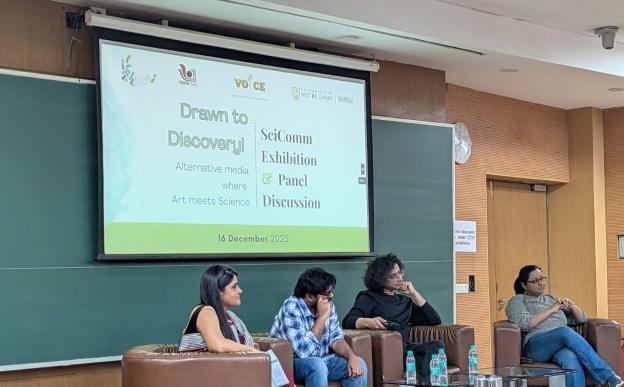

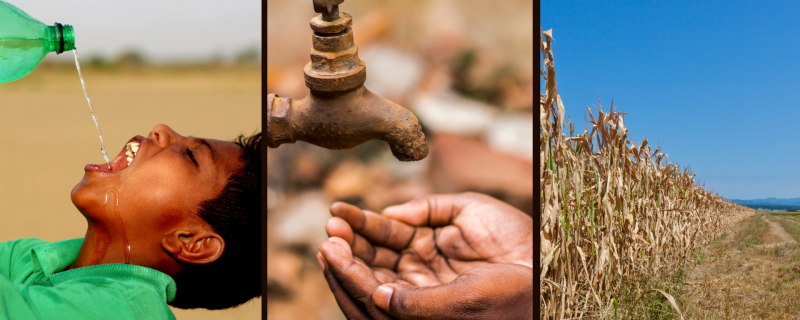
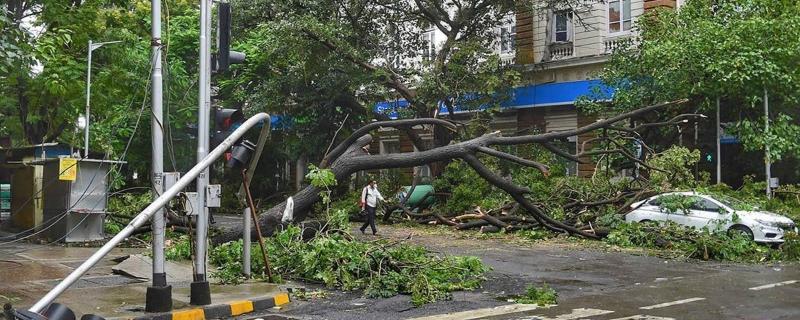
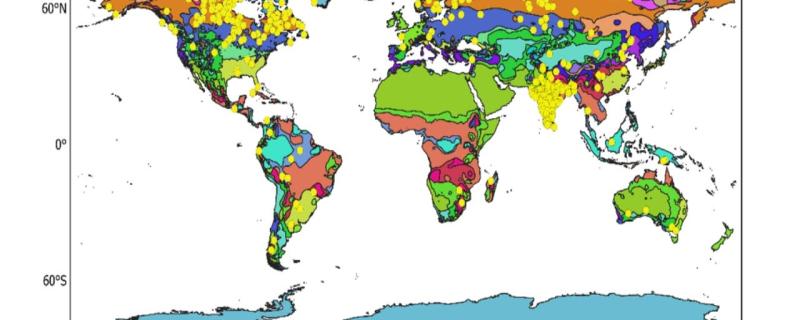



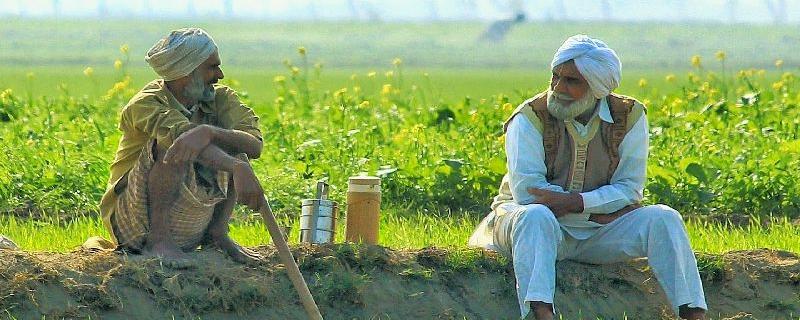
![Noctiluca blooms in the Arabian Sea, as seen from space. [Image Credits: Norman Kuring/NASA] Snow meltdown in the Himalayas is causing sparkling algal blooms in the Arabian Sea](/sites/researchmatters/files/styles/large_front_800x320/public/snow_meltdown1_result.jpg?itok=SvpLdu9A)
![[Image Credits: Markus Spiske on Unsplash] Decolonising climate change: The developed world is responsible for our planet’s climate crisis](/sites/researchmatters/files/styles/large_front_800x320/public/quantifying_responsibility_for_climate_breakdown-debdutta_result.jpg?itok=nBZF6hBL)